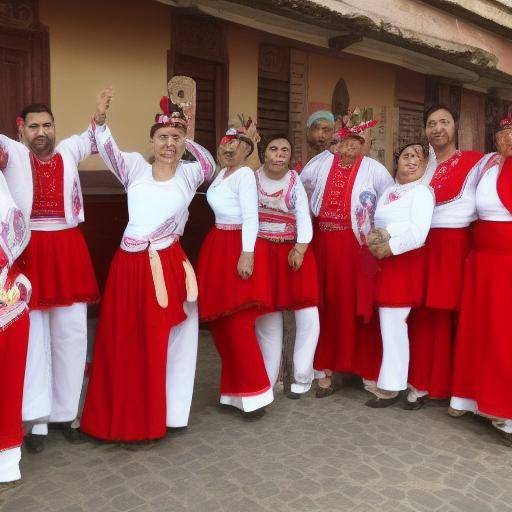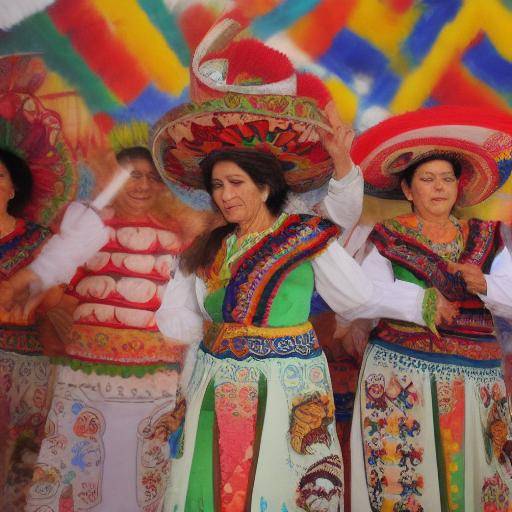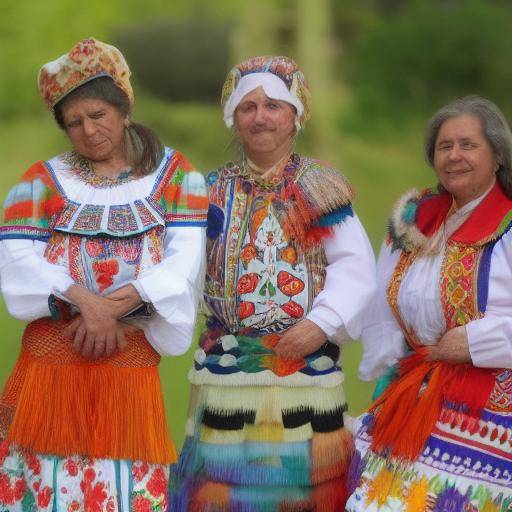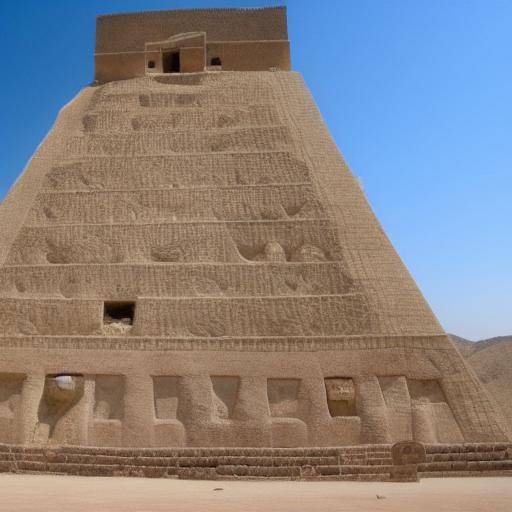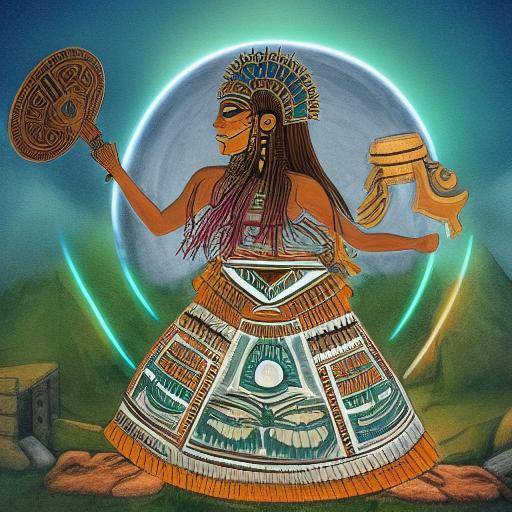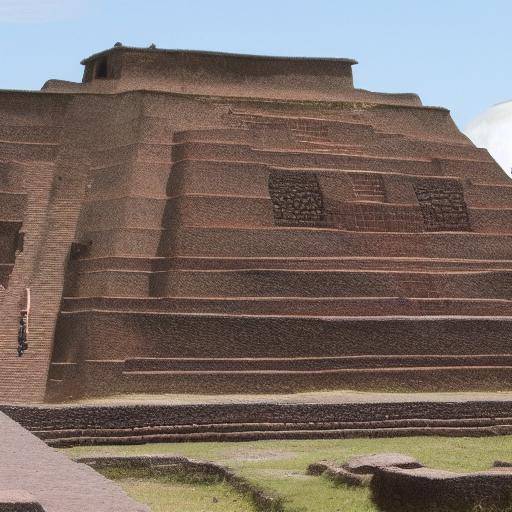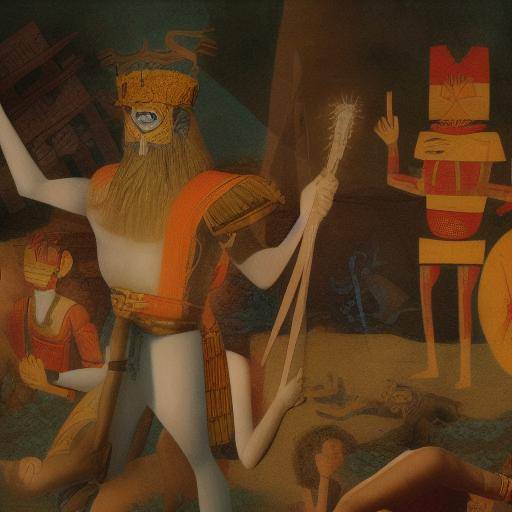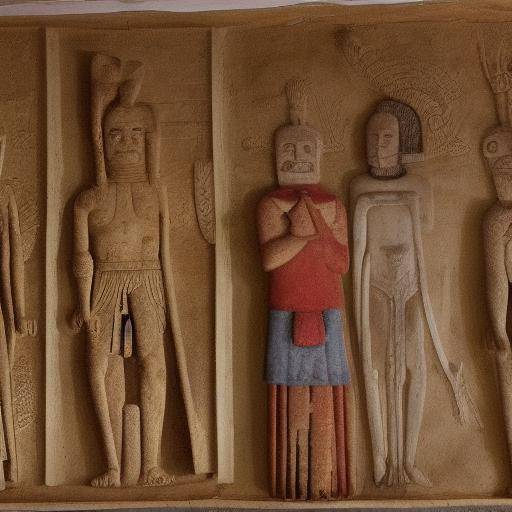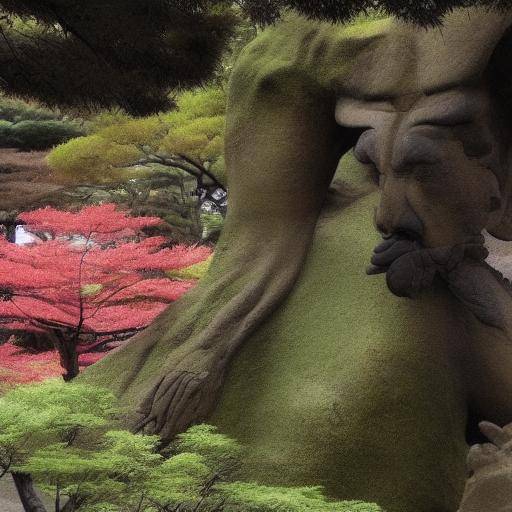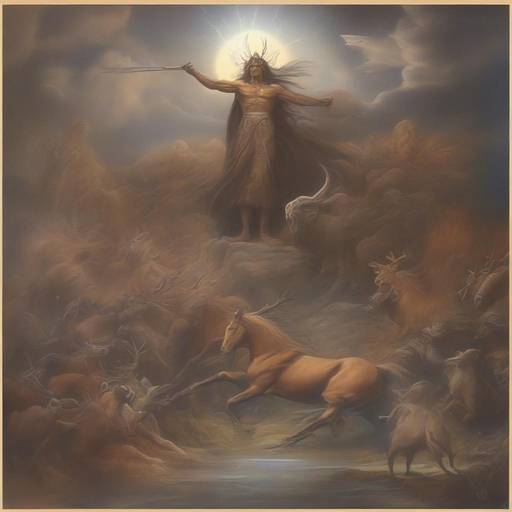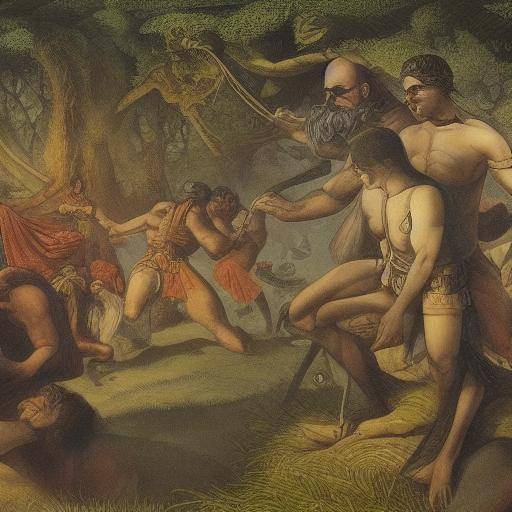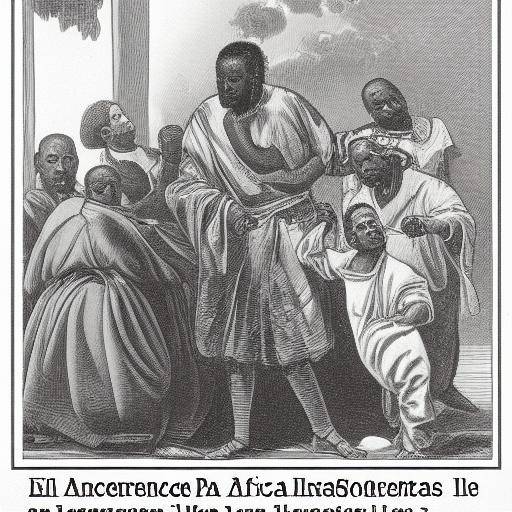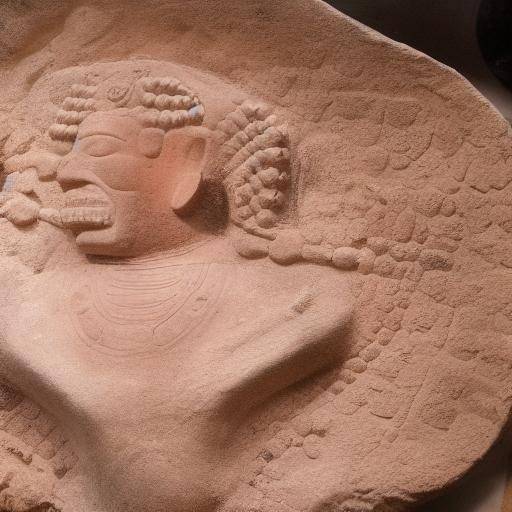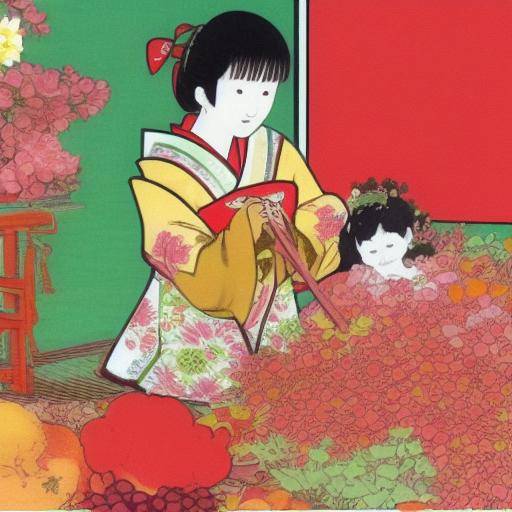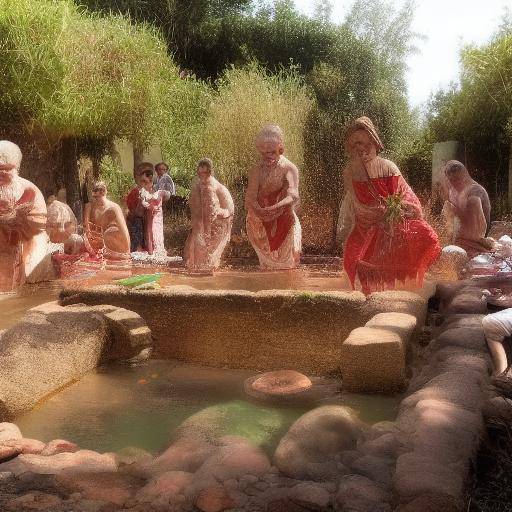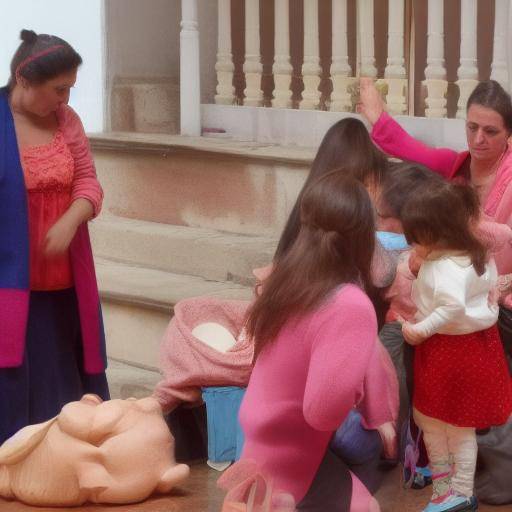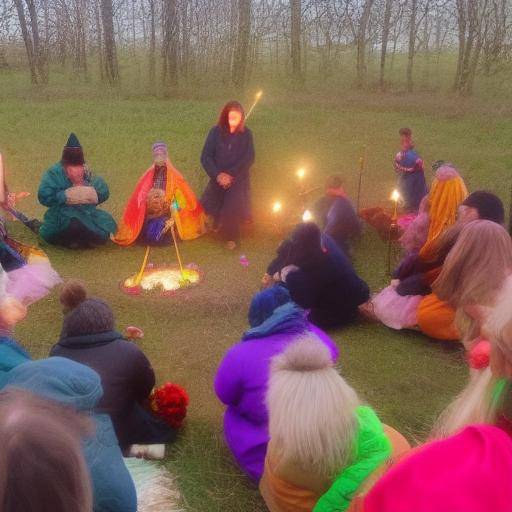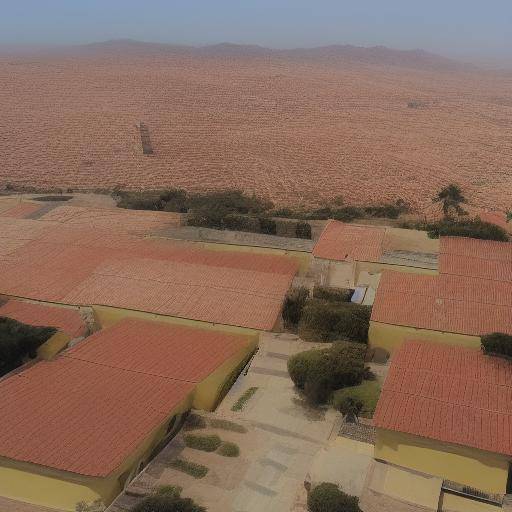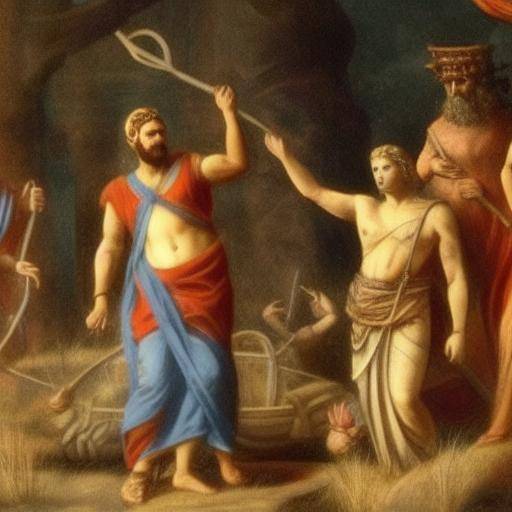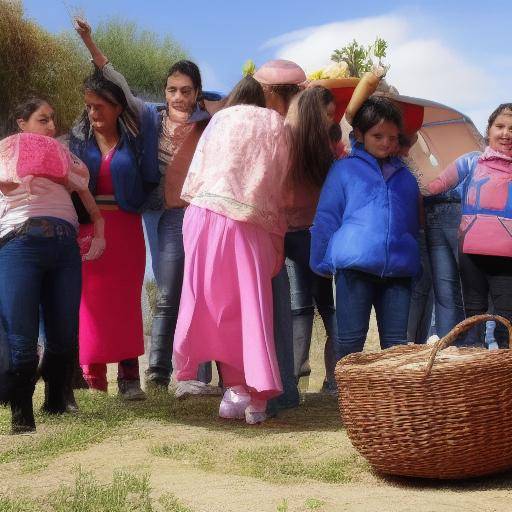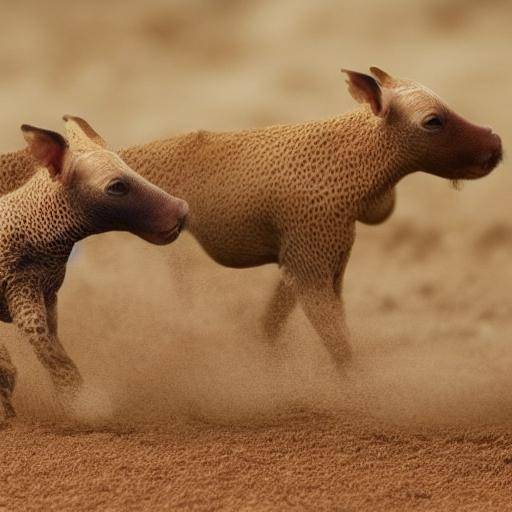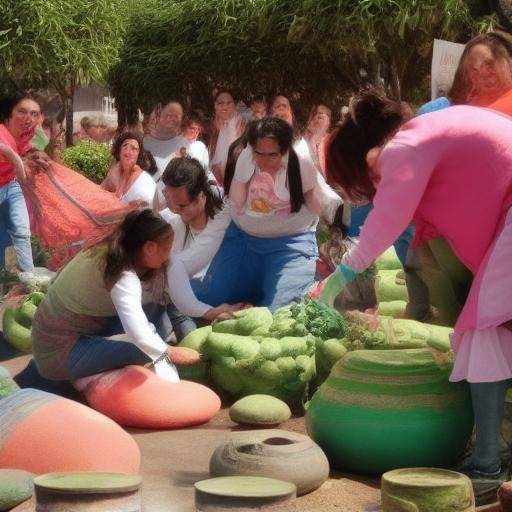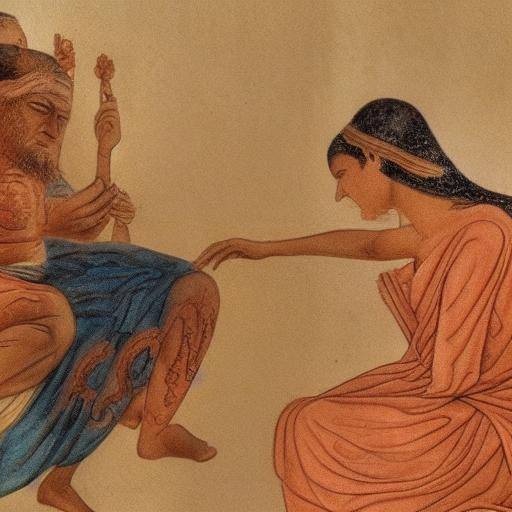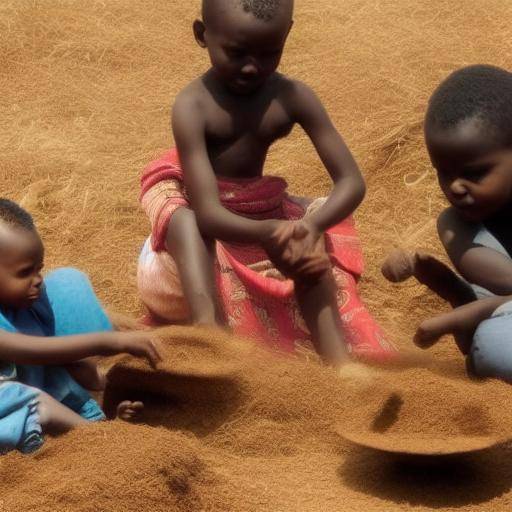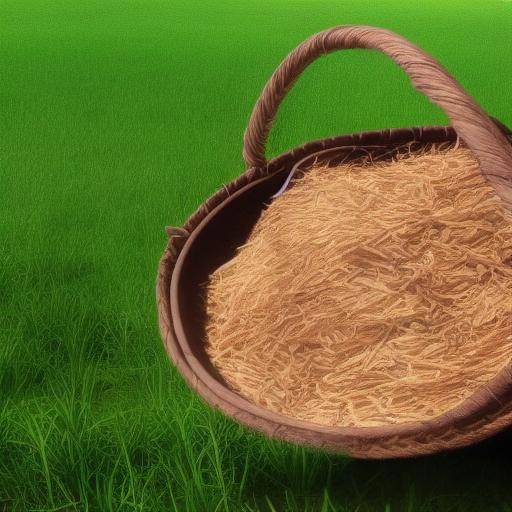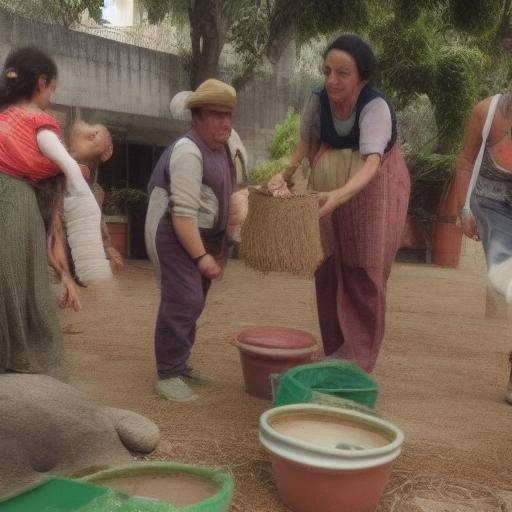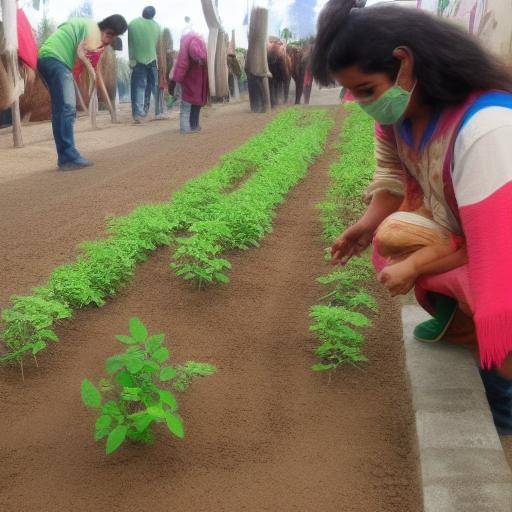
Fertility rites, as well as the myths and beliefs that surround them, have been an essential part of native cultures throughout history. These ancestral practices not only represent deeply rooted traditions, but also offer a unique vision of the connection between humanity, nature and fertility. In this article, we will explore in detail the fetility rites, associated native myths and beliefs that have endured over time. From its historical meaning to its contemporary applications, we will immerse ourselves in a journey of discovery that will reveal the cultural wealth and ancient wisdom that permeates these rituals.
Introduction
Fertility rites have been celebrated by various civilizations throughout history as a way of invoking fertility on earth, animals and humans. These ancestral practices are based on myths and beliefs that reflect the importance of fertility in native communities and their interdependence with the natural environment. In this article, we will explore the evolution of fertility rites, native myths that support them and beliefs rooted in indigenous cultures. We will discover how these ancient traditions still resonate today, enriching our understanding of the natural world and cultural diversity.
History and Background
The history of fertility rites dates back to the dawn of humanity, rooted in the primary need to ensure the prosperity of communities through the fertility of the earth and living beings. Ancient civilizations such as Egyptian, Greek, Roman, Mesopotamian and Pre-Columbian had specific rituals aimed at invoking fertility, often linked to gods and deities associated with fertility. These rites varied in form and function, but shared a common purpose: ensuring the abundance and continuity of life.
Over time, fertility rites evolved, influenced by cultural, religious and social changes. The arrival of Christianity and other monotheistic religions brought with it new interpretations and adaptations of ancient fertility practices, merging them with established beliefs and traditions.
Deep analysis
The fascination with fertility rites remains today, fueling curiosity and respect for these ancestral practices. These rituals were not only means to ensure material prosperity, but also symbolic expressions of the deep relationship between humans and nature. Through myths and legends, native cultures articulated their understanding of the world and its place in it.
Native Myths and Their Meaning
Native myths associated with fertility rites often include deities that represent aspects of nature, such as land, water and vegetation. These deities often have stories that explain the creation and cycle of life, reflecting the importance of fertility in the survival and prosperity of the community. For example, in Inca mythology, Pachamama, the goddess of the earth, is venerated for her ability to provide abundant harvests and sustain life.
Rites and Celebrations
Native fertility rites can include a variety of ceremonial activities, such as dances, songs, offerings and festivals. These celebrations not only seek to foster fertility, but also to strengthen social cohesion and convey cultural knowledge and values to new generations. In many cultures, these rituals are performed at key times of the year, such as sowing or harvesting, aligning with natural cycles.
Exhaustive examination
The intrinsic value of fertility rites in native cultures is reflected in its ability to synthesize and express the profound interconnections between the material and spiritual dimension of existence. These rituals, impregnated with a sacred and transcendent character, transcend the purely agrarian or reproductive sphere, acquiring a cosmogenic and existential meaning, in which fertility is erected as the bridge between the human and the divine, the finite and the infinite.
The Native Cosmovision
Fertility, understood as a perennial process of growth, regeneration and abundance, acquires a ritual and ceremonial form that reaffirms the interdependence between humanity and the gods, between the fertile land and the fruits that he generously donated. This symbolic integration of the rites of fertility in everyday life promoted a holistic and harmonious conception of the world, offering a way of communion with the natural and spiritual forces governing the universe.
Comparative analysis
By comparing fertility rites in various native cultures, it is possible to appreciate the universality and diversity of ritual expressions related to fertility. While in Greek mythology, the cults of goddess such as Deméter or gods such as Dionysius represented specific facets of fertility, in other traditions, such as Egyptian, Mesopotamian or Nordic, deities and rituals were manifested equally fundamental to promote the fertility of the earth and human procreation.
Despite cultural and religious differences, all these traditions shared the conviction that fertility was a vital and sacred element, the promotion of which required divine intervention and the active participation of the community. In addition, symbolic representations and ritual practices associated with fertility exhibited surprising similarities in their theme and purpose, revealing a profound resonance between human aspirations and concerns at different times and contexts.
Practical Tips and Accessible Recommendations
Although native fertility rites belong to a remote past, their meaning endures until today, providing teachings and reflections on our connection to nature, divinity and life itself. In a world marked by technology and the accelerated pace of modern life, the revaluation of fertility, not only in agricultural or reproductive terms, but as a symbol of renewal, abundance and fullness, acquires a renewed relevance.
Incorporation of Ritualistic Elements
At present, we can recover the deep essence of fertility rites, adapting it to our contemporary context. This may include eco-sustainable practices that promote soil fertility, biodiversity conservation and harmony with the natural environment. Moreover, the conscious celebration of fertility in all its manifestations, through personal or community rituals, can help to restore the lost balance between humanity and the biosphere.
Conclusions
The ancient rites of fertility in native cultures, rooted in a deep worldview, pierce the barriers of time and invite us to reflect on the perennial human quest for meaning, connection and fullness in harmony with the natural and divine environment. Its validity and relevance in contemporaryity point to us the importance of honoring and preserving fertility in all its manifestations, not only as a resource for subsistence, but as a sacred bond that unites the earthly with the transcendent.
FAQs
What are some of the most iconic fertility rites in different indigenous cultures?
Fertility rites vary significantly between different indigenous cultures, but some of the most iconic include Pachamama ceremonies in the Andes, the rituals of the goddess Isis in ancient Egypt, and the festivities in honor of Deméter in ancient Greece. Each of these rituals has its own set of practices and beliefs that reflect the importance of fertility in its respective culture.
How have fertility rites evolved throughout history?
Fertility rites have experienced significant changes throughout history, influenced by factors such as migration of peoples, adoption of new religions and social transformations. Despite these changes, many elements of the original rituals have endured, adapting to new cultural and religious realities.
What role do native myths play in the fertility rites of indigenous cultures?
Native myths play a crucial role in the fertility rites of indigenous cultures, as they provide narratives and beliefs that support and give meaning to these practices. The myths explain the origin of fertility, the relationship between the gods and nature, and offer lessons on the importance of maintaining a harmonious balance with the environment.
What challenges do native fertility rites face in contemporary society?
Native fertility rites face significant challenges in contemporary society, including globalization, biodiversity loss, urbanization and the influence of monotheistic religions that often shift traditional practices. The preservation of these rituals requires a conscious effort on the part of the communities and the recognition of their cultural and ecological value.
What lessons can we learn from fertility rites and native beliefs in relation to environmental sustainability?
Fertility rites and native beliefs offer valuable lessons on the importance of environmental sustainability, such as the need to respect and care for land, the interconnection of all living beings and the importance of maintaining a harmonious balance with nature. These lessons can inspire contemporary conservation and sustainability practices.
How can contemporary communities incorporate elements of fertility rites and native beliefs today?
Contemporary communities can incorporate elements of fertility rites and native beliefs through festivals that honor nature, the implementation of sustainable agricultural practices and the promotion of greater environmental awareness. In doing so, they can strengthen their connection to nature and promote the conservation of biodiversity.
What is the current relevance of fertility rites and native beliefs in a modern world?
Although we live in a modern world, fertility rites and native beliefs remain relevant because of their ability to teach us about the importance of connection with nature and sustainability. These ancestral practices remind us of the need to respect and care for our environment, promoting a more balanced and conscious approach to life.
What future expectations exist for the maintenance and evolution of fertility rites and native beliefs?
The future of fertility rites and native beliefs poses challenges and opportunities in terms of preservation and evolution. With the growing interest in the sustainability and conservation of biodiversity, there is potential for these rituals and beliefs to be integrated into contemporary practices, inspiring new forms of respectful and harmonious interaction with nature.
This article offers a deep look at the rites of fertility, native myths and associated beliefs, highlighting its historical and cultural importance, as well as its relevance in the contemporary world. By exploring its current origins, evolution and applications, the wealth and wisdom that permeate these ancestral traditions are revealed.

